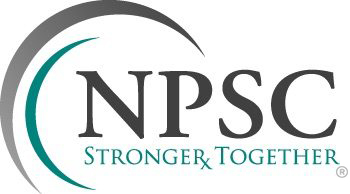Cost to Dispense a Prescription
The cost to dispense a prescription is calculated by taking your dispensing costs, both direct and indirect, and dividing that result by the number of prescriptions filled. For this calculation, you will need to review your detailed financial statements to determine the following:
- Direct payroll costs for dispensing including wages, benefits, and payroll taxes.
- Direct non-payroll costs; e.g. pharmacy supplies, delivery, computer costs, etc.
- Indirect cost that could be allocated to dispensing; e.g. rent, insurances, advertising, support staff, etc. You will need to allocate these indirect costs between pharmacy activity and non-pharmacy activities (i.e. HME sales, OTC sales). Indirect cost allocations should be made either as a percentage of sales, by square footage or activity based. You will need to determine the appropriate allocation method based on the cost; e.g. rent may be based on square footage, advertising on percentage of sales, etc.
How does your pharmacy compare?
The most recent NCPA Digest reports the Average Cost of Dispensing is $11.96 for all pharmacies. This is down slightly from the prior year as pharmacies continue to improve their efficiency. Due to higher payroll rates and higher facility costs, it is expected the Northeast US average to be somewhat higher than the national average. For the Northeast, expect costs to average approximately $13.00 – $14.00. Profit or loss on a per prescription basis is the difference between gross profit made on the prescription and your dispensing cost.
